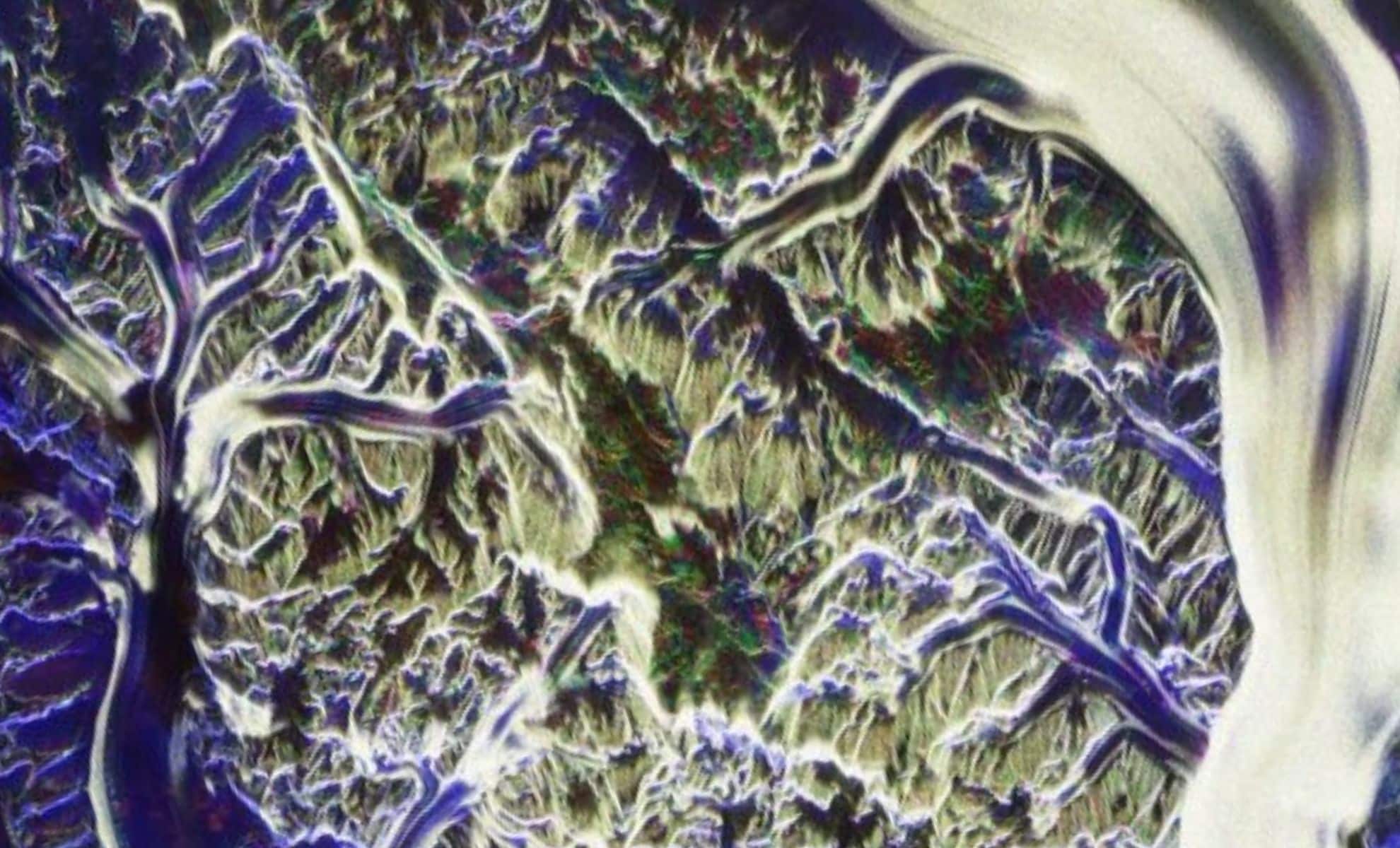ESA’s Biomass Satellite Unveils Earth’s Hidden Ecosystems

VIENNA – ESA’s Biomass satellite has released its first breathtaking images of Earth, offering an unprecedented view of the planet’s most intact ecosystems. These images, unveiled at the Living Planet Symposium 2025 in Vienna, showcase not only lush forests but also arid deserts and icy glaciers, highlighting the satellite’s transformative potential in environmental monitoring.
Breaking: New Perspectives on Earth’s Ecosystems
Despite being in its early commissioning phase, the Biomass satellite has already exceeded expectations with its advanced radar capabilities. The satellite is set to provide critical data on carbon storage and climate change impacts, offering a new chapter in Earth observation.
Immediate Impact
The Biomass satellite is a game-changer for environmental science. Its state-of-the-art radar system employs P-band technology, allowing it to penetrate dense canopies, ice, and soil. Unlike optical satellites that capture only surface features, Biomass measures forest biomass in three dimensions, giving scientists an unparalleled view of forest structures.
“These first images are nothing short of spectacular — and they’re only a mere glimpse of what is still to come,” said Michael Fehringer, ESA’s Biomass Project Manager.
The initial images include detailed views of tropical rainforests, the Amazon Basin, and the frozen Antarctic regions, demonstrating the immense power of Biomass to monitor carbon storage and climate dynamics.
Key Details Emerge
In addition to measuring the vertical structure of forests, Biomass provides valuable insights into desert and ice-covered regions. This dual capability opens new frontiers for scientific research, enabling more precise assessments of Earth’s changing ecosystems. The early success of Biomass marks the beginning of a mission designed to provide vital data on forest health, climate change, and carbon cycles for at least five years.
Biomass satellite view of the Nimrod Glacier. (Image credit: ESA)
A Symbol of Collaborative Effort and Innovation
The release of these first images represents a milestone not just in space exploration but also in international collaboration. “It was extremely emotional because it was the work of hundreds of people,” said Simonetta Cheli, ESA’s Director of Earth Observation Programmes. “It’s very symbolic of the effort behind the scenes and the potential that this mission has.”
Biomass’s ability to offer new insights into Earth’s most important ecosystems is a result of years of tireless work from a global network of scientists, engineers, and researchers dedicated to understanding our planet’s environment.
Industry Response
The mission’s success highlights the power of cooperation in addressing global challenges like climate change and environmental degradation. By leveraging innovative space technologies, ESA is providing the scientific community with tools that will shape the future of conservation and sustainability efforts worldwide.
The Power of Radar: Biomass Captures Unseen Details
Biomass’s radar system offers an extraordinary ability to “see” through forests, ice, and soil, capturing hidden structures invisible to optical satellites. This capability is particularly evident in the first images of the Amazon rainforest and the Beni River in Bolivia.
The radar reveals not just the forest canopy but also the underlying forest structure, providing a 3D view of the landscape.
This ability is critical for accurately measuring the amount of carbon stored in forests, an essential component of global climate models.
By the Numbers
The tropical forests of Bolivia, one of the first regions captured by Biomass, have been significantly impacted by deforestation in recent years. The image shows the Beni River meandering through lush rainforests and forested wetlands, highlighting the diverse ecosystems that depend on this region.
Biomass’s ability to distinguish between various types of vegetation, such as forests, wetlands, and grasslands, is a powerful tool in understanding deforestation’s effects on biodiversity and carbon sequestration.
Exploring the World’s Extreme Environments
Biomass is not limited to tropical forests; it is equally adept at observing some of the most remote and extreme environments on Earth. In the Sahara Desert, the satellite’s radar revealed hidden geological structures beneath the shifting sands, including ancient riverbeds and land formations.
This capability could play a crucial role in paleoclimate studies and groundwater mapping, opening new possibilities for understanding how deserts have evolved over time.
In Antarctica, the radar penetrates thick ice sheets, revealing internal structures and helping scientists monitor the stability of ice flow and glaciers. These insights are vital for understanding sea-level rise and the future impacts of climate change on polar regions.
The ability to track ice dynamics in real time makes Biomass an invaluable tool in assessing the effects of global warming on Earth’s frozen landscapes.
The Biomass satellite view of the Sahara Desert in Chad reveals structures below the sand. (Image credit: ESA)
What Comes Next
As the Biomass mission progresses, scientists anticipate a wealth of new data that will enhance our understanding of Earth’s ecosystems. The satellite’s capabilities promise to provide critical insights into climate change, deforestation, and environmental preservation, marking a significant advancement in our ability to monitor and protect our planet.
The future holds exciting possibilities as Biomass continues to capture the unseen details of Earth’s most critical environments, offering hope and direction for global conservation efforts.






